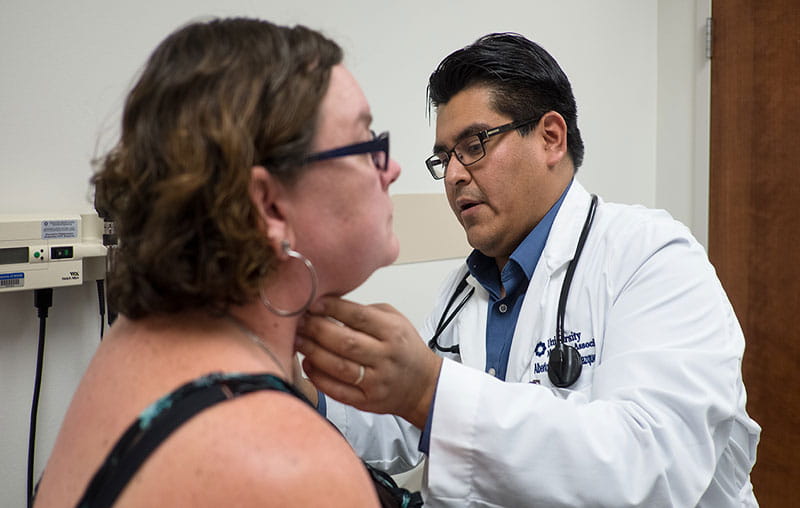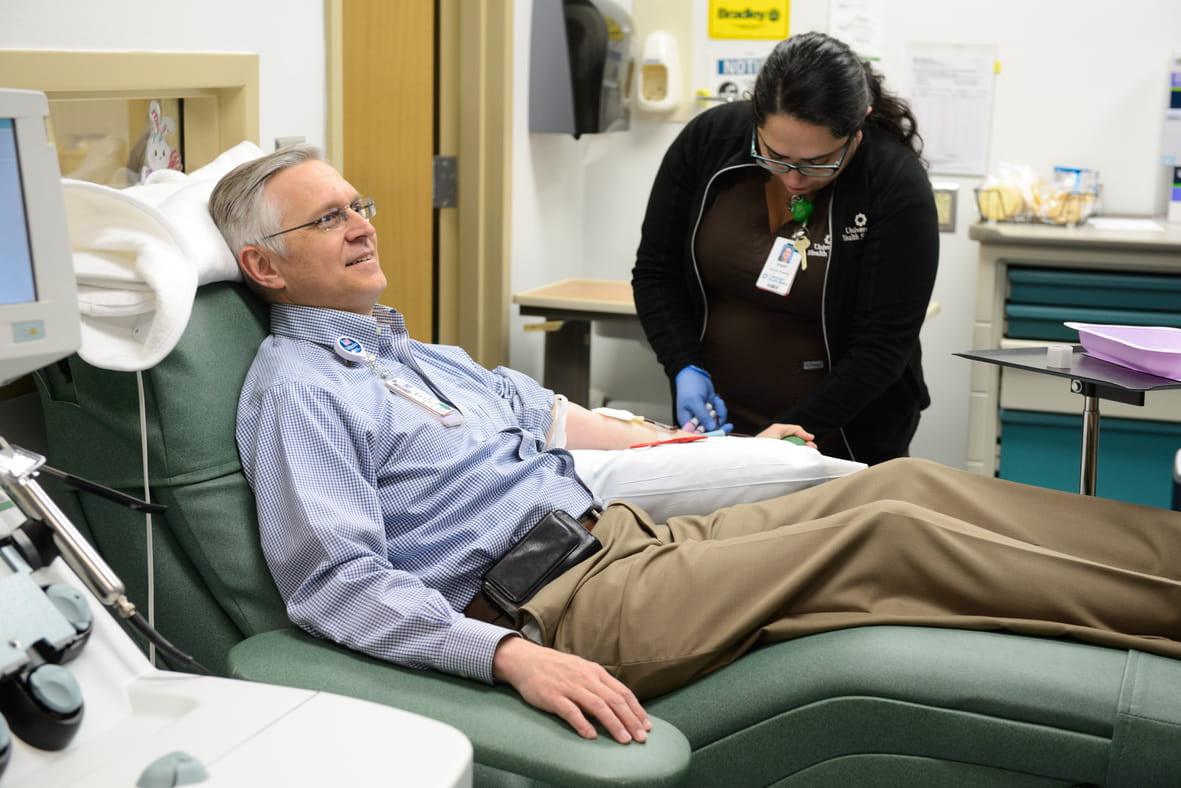When winter weather arrives, people often try to stay warm using generators, space heaters or gas stoves. Such devices can cause carbon monoxide to build up in the home and dangerous levels can cause harm.
The 2022-2023 winter season has brought adults and children from across the state to University Hospital for emergency hyperbaric treatment due to carbon monoxide poisoning. University Hospital is one of two civilian Texas hospitals where patients can receive emergency care in a hyperbaric chamber.
Carbon Monoxide Poisoning
Carbon monoxide is an odorless, colorless and tasteless gas that is produced by burning fuel. Carbon monoxide poisoning occurs when too much of the gas replaces oxygen in a person’s blood. The initial symptoms can be vague and easily confused with less severe conditions.
“Carbon monoxide poisoning can, in severe cases, result in death,” said Dr. Brent Jones, a physician at the University Health Hyperbaric Clinic. “More common symptoms are headaches, nausea, light-headedness and feeling like you are going to pass out.”
Less severe cases of carbon monoxide poisoning can be treated by removing the person from the source of the gas, such as, going outside of the home to breathe fresh air. Emergency medical professionals can treat the illness by giving patients extra oxygen through a face mask. The most severe and life-threatening cases are treated with the use of hyperbaric chambers.
The best way to detect unhealthy levels of carbon monoxide in the home is the use of a carbon monoxide detector. Depending on the level of carbon monoxide in the air, poisoning can occur within minutes. Early detection is critical.
What a Hyperbaric Chamber Does
A hyperbaric chamber is filled with very high levels of oxygen and is basically a bed with a clear tube encasing it. The patient breathes normally to get more oxygen into their system compared than breathing normally outside of the chamber.
“It's a chamber where we can provide oxygen at a much higher pressure than if you are breathing normally,” Dr. Jones said. “When you have been exposed to carbon monoxide, it is able to bind to your red blood cells in the same way that oxygen binds … and it’s able to bind much more strongly. So, you’re not able to transport as much oxygen around your body."
Minimal Side Effects of Treatment
Usually, the only side effects of being in the hyperbaric chamber are a sensation of pressure in the ears. Treatment sessions last about two hours. Patients usually only need one treatment session but may need more in severe cases.
Burn and Wound Treatment
Hyperbaric chambers don’t only treat carbon monoxide poisoning. Providers also use them to treat diabetic wounds and radiation injuries among other indications. The oxygen that the patient breathes in the chamber allows extra oxygen to get to wounds to help them heal. This is common for patients with diabetic wounds.
University Hospital treats both emergency cases and outpatients. We also provide non-emergency wound care and treatment with hyperbaric chambers at the Texas Diabetes Institute.
Wound Care at University Health
Learn more about our wound care services on our website.




